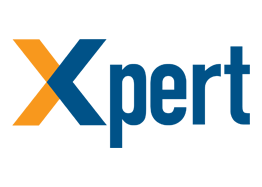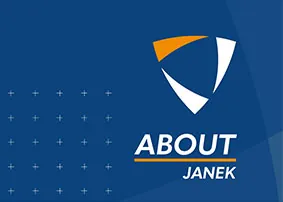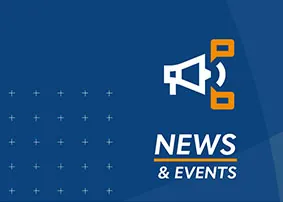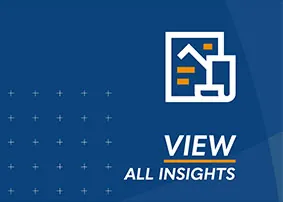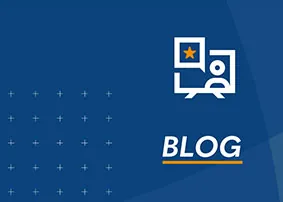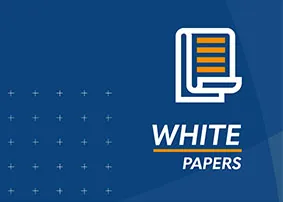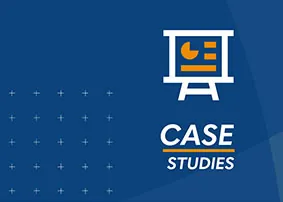Our Commitment to Security
Organizational Security
This page outlines the security measures and practices implemented in the Jenius CC platform to protect customer data and ensure system integrity.
Information Security Program
We have an Information Security Program in place that is communicated throughout the organization. Our Information Security Program follows industry best practices and security standards. The program is designed to protect customer data, maintain system integrity, and ensure continuous security monitoring.
Third-Party Audits
Our organization undergoes independent third-party assessments to test our security and compliance controls. We maintain regular security reviews and assessments to ensure our security posture remains robust.
Roles and Responsibilities
Roles and responsibilities related to our Information Security Program and the protection of our customer’s data are well defined and documented. Our team members are required to review and accept all security policies. The system implements role-based access control with the following roles:
- User: Basic access to platform features
- Manager: Enhanced access for team management
- Admin: Administrative access for organization management
- Super Admin: Full system access and management capabilities
Security Awareness Training
Our team members are required to go through employee security awareness training covering industry standard practices and information security topics such as phishing and password management.
Confidentiality
All team members are required to sign and adhere to an industry standard confidentiality agreement prior to their first day of work.
Background Checks
We perform background checks on all new team members in accordance with local laws.
Cloud Security
Cloud Infrastructure Security
All of our services are hosted on Vercel with additional cloud services from Amazon Web Services (AWS). Our infrastructure employs robust security measures including:
- Vercel Platform: Provides enterprise-grade security with automatic HTTPS, DDoS protection, and global CDN
- AWS S3: Secure file storage with encryption at rest and in transit
- AWS IAM: Role-based access control for cloud resources
- MongoDB Atlas: Managed database service with built-in security features
For more information on our provider’s security processes, please visit:
Data Hosting Security
All of our data is hosted on MongoDB Atlas databases with additional file storage on AWS S3. These databases are located in the US-EAST-2. Our database schema includes comprehensive access controls, data encryption, and audit logging.
Encryption at Rest
All databases are encrypted at rest using industry-standard encryption algorithms. MongoDB Atlas provides automatic encryption of data at rest using AES-256 encryption.
Encryption in Transit
Our applications encrypt data in transit with TLS/SSL only. All API communications, database connections, and file transfers use encrypted protocols.
Vulnerability Scanning
We perform vulnerability scanning and actively monitor for threats. Our security monitoring includes:
- Automated dependency scanning for known vulnerabilities
- Regular security audits of our codebase
- Continuous monitoring of security advisories for our technology stack
Logging and Monitoring
We actively monitor and log various cloud services through multiple monitoring systems:
- Sentry: Error tracking and performance monitoring across all applications
- PostHog: User analytics and behavior monitoring
- Custom logging: Application-specific security and audit logs
- AWS CloudWatch: Infrastructure and service monitoring
- Vercel Observability: Real-time infrastructure monitoring
Business Continuity and Disaster Recovery
We use our data hosting provider’s backup services to reduce any risk of data loss in the event of a hardware failure. We utilize monitoring services to alert the team in the event of any failures affecting users. Our disaster recovery plan includes:
- Automated daily backups of all critical data
- Point-in-time backups and recovery for the database
- Geographic redundancy for high availability
- Automated failover procedures
Access Security
Permissions and Authentication
Access to cloud infrastructure and other sensitive tools are limited to authorized employees who require it for their role. Our authentication system includes:
- Better Auth: Modern authentication framework with secure session management
- Role-based access control: Granular permissions based on user roles
- Session management: Secure session handling with automatic expiration
- Rate limiting: Protection against brute force attacks
Where available we have Single Sign-on (SSO), 2-factor authentication (2FA) and strong password policies to ensure access to cloud services are protected.
Least Privilege Access Control
We follow the principle of least privilege with respect to identity and access management. Users are granted only the minimum permissions necessary to perform their job functions.
Password Requirements
All team members are required to adhere to a minimum set of password requirements and complexity for access. Our password policy includes:
- Minimum length requirements
- Complexity requirements (uppercase, lowercase, numbers, special characters)
- Regular password rotation
- Prevention of password reuse
Password Managers
All company issued laptops utilize a password manager for team members to manage passwords and maintain password complexity.
Data Protection and Privacy
Data Classification
Our system handles various types of data with appropriate security measures:
- User Data: Personal information, authentication credentials, preferences
- Organization Data: Company information, member lists, settings
- Content Data: Chat messages, files, documents, quiz responses
- Analytics Data: Usage statistics and performance metrics
Data Retention
We implement appropriate data retention policies:
- User data is retained according to our privacy policy
- Deleted data is securely removed from our systems
- Backup data is retained for disaster recovery purposes only
Data Processing
All data processing follows security best practices:
- Input validation and sanitization
- SQL injection prevention through parameterized queries
- XSS protection through proper output encoding
- CSRF protection on all state-changing operations
Application Security
Code Security
Our development process includes multiple security measures:
- TypeScript: Static type checking to prevent runtime errors
- ESLint: Code quality and security linting
- Dependency scanning: Regular updates and vulnerability scanning
- Code reviews: All changes require security review
API Security
Our APIs implement comprehensive security measures:
- Authentication: All API endpoints require valid authentication
- Authorization: Role-based access control for all resources
- Rate limiting: Protection against abuse and DDoS attacks
- Input validation: Comprehensive validation of all inputs
- Error handling: Secure error responses that don’t leak sensitive information
File Security
File uploads and storage are secured through:
- AWS S3: Secure cloud storage with encryption
- File type validation: Prevention of malicious file uploads
- Access control: Signed URLs for secure file access
- Virus scanning: Automated scanning of uploaded files
Technology Stack Security
Frontend Security
Our React/Next.js applications implement security best practices:
- Content Security Policy: Protection against XSS attacks
- HTTPS enforcement: All communications encrypted
- Secure cookies: HttpOnly and Secure flags on all cookies
- Input sanitization: Prevention of injection attacks
Backend Security
Our Node.js/TypeScript backend includes:
- Authentication middleware: Secure session validation
- Authorization checks: Role-based access control
- Input validation: Comprehensive request validation
- Error handling: Secure error responses
Database Security
Our MongoDB database is secured through:
- Connection encryption: TLS for all database connections
- Access control: Role-based database permissions
- Audit logging: Comprehensive activity logging
- Backup encryption: Encrypted database backups
Monitoring and Incident Response
Security Monitoring
We maintain comprehensive security monitoring:
- Real-time alerting: Immediate notification of security events
- Log analysis: Automated analysis of security logs
- Threat detection: Advanced threat detection capabilities
- Performance monitoring: Continuous system health monitoring
Incident Response Process
Our incident response process includes:
- Detection: Automated and manual detection of security incidents
- Analysis: Rapid assessment of incident scope and impact
- Containment: Immediate steps to limit incident impact
- Eradication: Complete removal of threat from systems
- Recovery: Restoration of affected systems and services
- Lessons Learned: Post-incident analysis and process improvement
Compliance and Certifications
Data Protection Compliance
We maintain compliance with relevant data protection regulations:
- GDPR: European data protection compliance
- CCPA: California consumer privacy compliance
- Industry standards: SOC 2, ISO 27001 alignment
Security Certifications
Our platform and processes align with industry security standards:
- OWASP Top 10: Protection against common web vulnerabilities
- NIST Cybersecurity Framework: Comprehensive security controls
- Cloud Security Alliance: Cloud security best practices
Contact Us
If you have any questions, comments or concerns or if you wish to report a potential security issue, please contact security@janek.com.
For general support inquiries, please contact info@janek.com.







